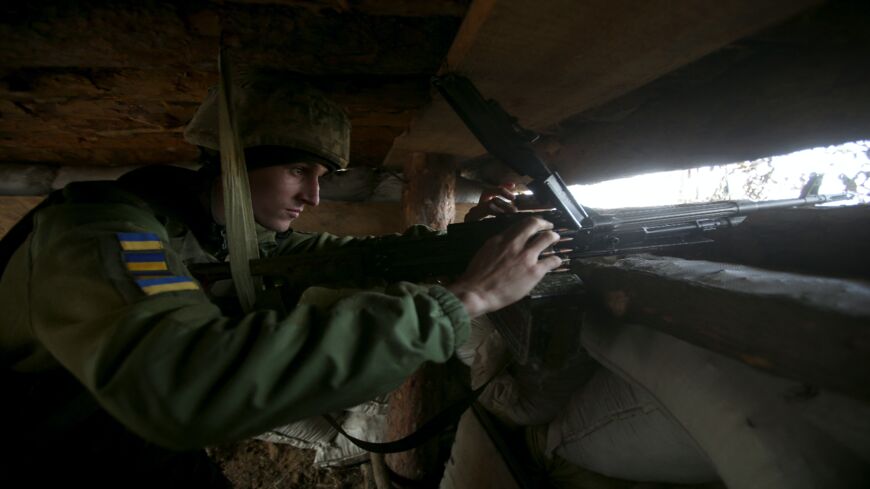- Reaction score
- 18,660
- Points
- 1,160
So, I just finished six hours of the Artillery in Afghanistan interviews some dealing with deployed task forces and some with equipment procurements and the resultant issues of maintaining equipment bought under UORs and supplying things to the troops we don't have so that we needed to getting gifts of critical gear out of the kindness of our allies because Canada is to cheap to buy our own and, all-in-all, my cynic quotient continues to rise.
Did manage to rough in my 30/70 // 70/30 model which is built on the following criteria:


Let the merriment proceed.

Did manage to rough in my 30/70 // 70/30 model which is built on the following criteria:
- the whole idea behind 30/70 is to force the integration of the Res F with the Reg F so that it is no longer possible for the Reg F to ignore the Res F development and training;
- The structure is built on the RFL levels put forward in Force 2025 and, since almost all units are one level of hybrid or another, are reflected down to the company level to show what companies within any given battalion are at what RFL level;
- I've designated two types of RFL 1 - one for a unit/subunit that is 100% Reg F another for a unit that is a 70/30 organization and can function at Level 1 with reduced numbers or will need to be augmented by other RFL 1 elements to reach full strength (somewhat how many TFs in Afghanistan were augmented by a company from another battalion);
- units types (like infantry) that are more likely to deploy in peacetime are generally staffed to a higher level of Reg F. Units less likely to deploy (like armour or artillery) are staffed to higher Res F levels;
- all RFL 1 and 2 units have a high Reg F leadership component to them even if most of their troops are Res F. This is to ensure a level of ownership by the Reg F and to generate an increase in the capability to deploy the units or parts of them. In no case is the ratio of Reg F leadership less than 10% of strength;
- Any unit/subunit marked as an RFL 1 is equipped. For example an RFL 2 Res F infantry battalion with a RFL 1 70/30 Inf coy will have that company fully equipped with LAV 6s for the purpose of training the whole battalion and being able to generate a single LAV company plus trained augmentees. Conversely a RFL 1 70/30 Reg F infantry battalion has only two companies of LAVs while the third coy made up of Res F personnel will not have LAVs and is expected to be trained on the other two companies' equipment;
- All equipment holdings are predicated on current equipment holdings and those forecast under Force 2025 (such as GBAD by 2027, new indirect fires by 2028 and ATGM by 2029 (Hopefully that's not too much wishful thinking by the Army's Force 2025 team;
- Note that there is now a mountain battlegroup on the West Coast and an amphibious battalion on the East. Airborne and Arctic capabilities exist within 2 CLBG as does a small public duties battalion to take care of Parliament Hill;
- The service support element is a bit weak because the direction that's going is a bit in flux. I've taken some elements out of their options to create two divisional Sustainment Brigade structures which includes some additional maintenance and transportation elements but quite frankly I don't think the manpower is there at this time to generate what is needed. Basically its aspirational and simplified. I have added the a static Div Sup Gp into the chart;
- Armoured Recce has been changed into a more diverse cavalry concept including recce, infantry, anti armour and drone based indirect fires;
- While the KOCR form a second armoured regiment under 1 CABG, their purpose is to be 32 CABG's armoured regiment and are located in Alberta to train with and share equipment with the LdSH and simplify armour maintenance;
- The existing Comms Regts will provide the brigade sigs squadrons and Res F battalion sigs troops/sects and round out a second EW/Cyber Regt while H Svcs Res F will consolidate into more robust Field Ambulances, one for each brigade and a divisional field hospital;
- All individual training has been put under the rubric of CADTC. Divisions are responsible only for collective training. Depot battalions with depot companies spread throughout the large urban centres will conduct all DP 1 and 2 training for both Reg F and Res F;
- I have, for the fun of it, allocated Res F units to specific unit/subunits but not gone too far. For example in 32 CABG I haven't allocated every battalion to a position. In effect though every Res F battalion will be made up of one company from three or four separate existing battalions. Every Res F battalion listed as being the lead battalion, however, will be commanded by, or have a 2i/c, who is Reg F. All other Res F battalions that will be required to provide companies will be commanded by Reg F majors or have a Reg F 2i/c who will be under the command of the lead battalion in all respects and be established at roughly 125% of those required to fill a company. I'm willing to leave each of them an honourary LCol for historical ties to the community and frankly do not care if each company continues to wear its own regimental dress;


Let the merriment proceed.




